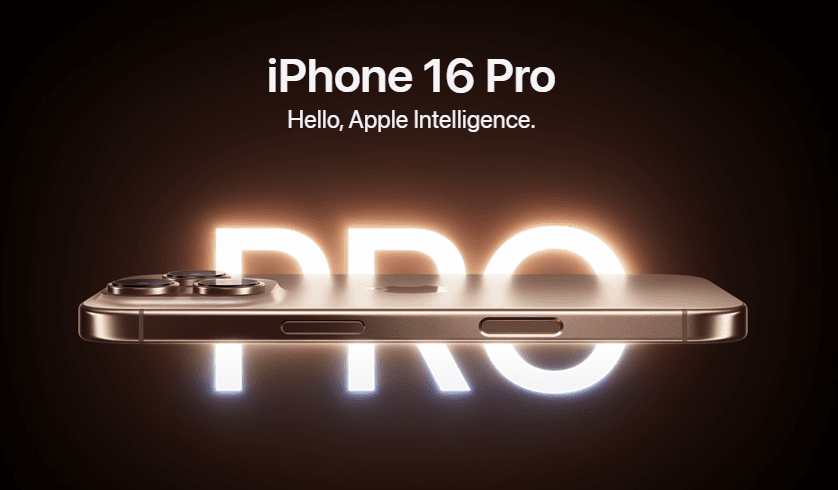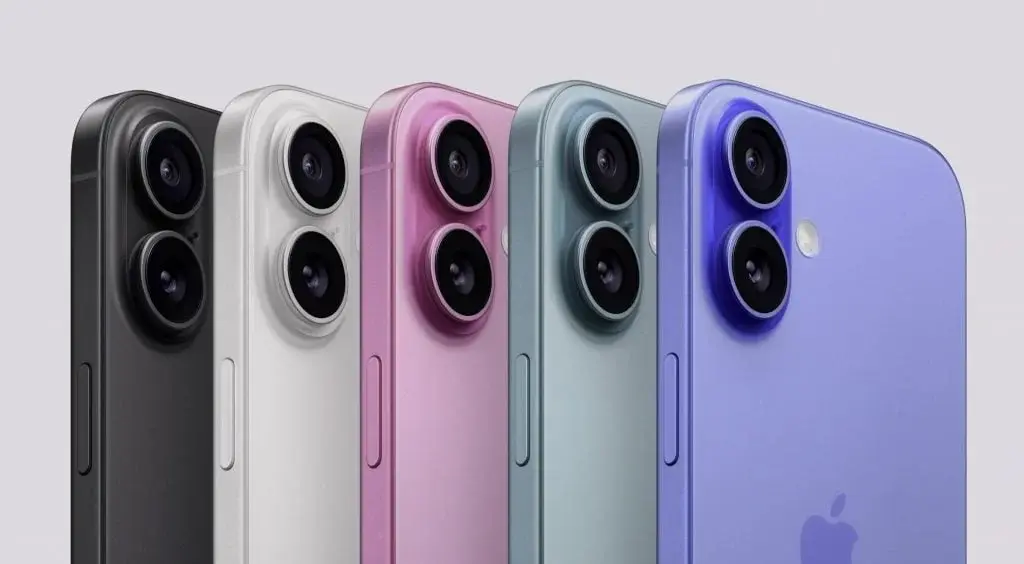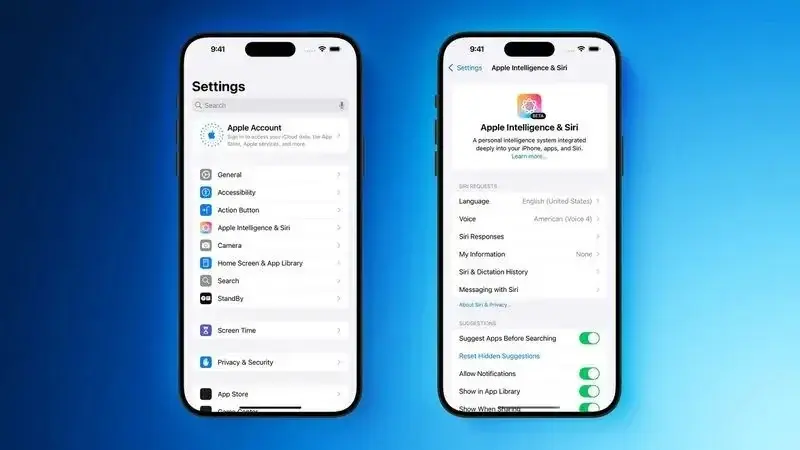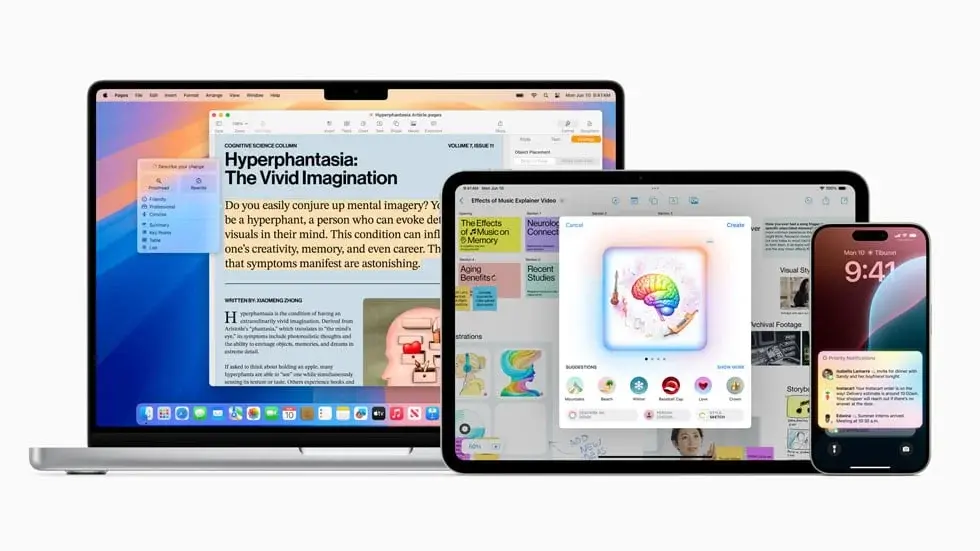In a note to investors shared by 9to5Mac, analysts from Barclays have disclosed that Apple has decided to cut the production of the iPhone 16 by three million units. These reductions were traced back to a significant semiconductor partner linked to iPhone orders, as revealed by supply chain evaluations.
Lower Demand for iPhone 16
The analysts from Barclays indicated that shipments of the iPhone 16 are projected to drop by 15% compared to last year. However, the performance in the previous quarter met expectations. According to the report, the September quarter is expected to see 51 million iPhone 16 units shipped, benefiting from two additional days of sales compared to the iPhone 15 models.
Challenges Ahead in December
Looking towards the December quarter, Apple faces more obstacles. The production reductions, along with a decline in demand, place the iPhone 16 shipments at a higher risk. Analysts speculate that this slowdown may be related to the introduction of Apple Intelligence, the new AI features from Apple, which are not yet fully implemented. This delay in rolling out Apple Intelligence could be a factor in the weaker demand. It’s noteworthy that the new models, particularly the Pro versions, do not show significant differences in design apart from the introduction of the new Capture button.
Impact of Apple Intelligence on Demand
The phased release of Apple Intelligence seems to play a crucial role in the dip in demand. Apple introduced iOS 18.1 Beta with Apple Intelligence for the iPhone 16 in mid-September, but the delay in presenting the complete set of features might have led to a less enthusiastic response from customers. Barclays analysts mentioned, “We think Sep-Q iPhone units are on track for 51M as the best case (consensus and Barclays both at 51M for Sep-Q estimate), assuming some channel fill in line or better vs. last year due to more selling days. We believe July and August sell-through has been flattish Y/Y.”
Another concern for Apple is that the comprehensive Apple Intelligence features may not be widely available outside the U.S., which could influence global shipments. Additionally, the absence of significant design changes might also be contributing to the reduced demand. While the iPhone 16 and iPhone 16 Plus feature a new camera layout, the iPhone 16 Pro and Pro Max models maintain a striking resemblance to their previous versions.










